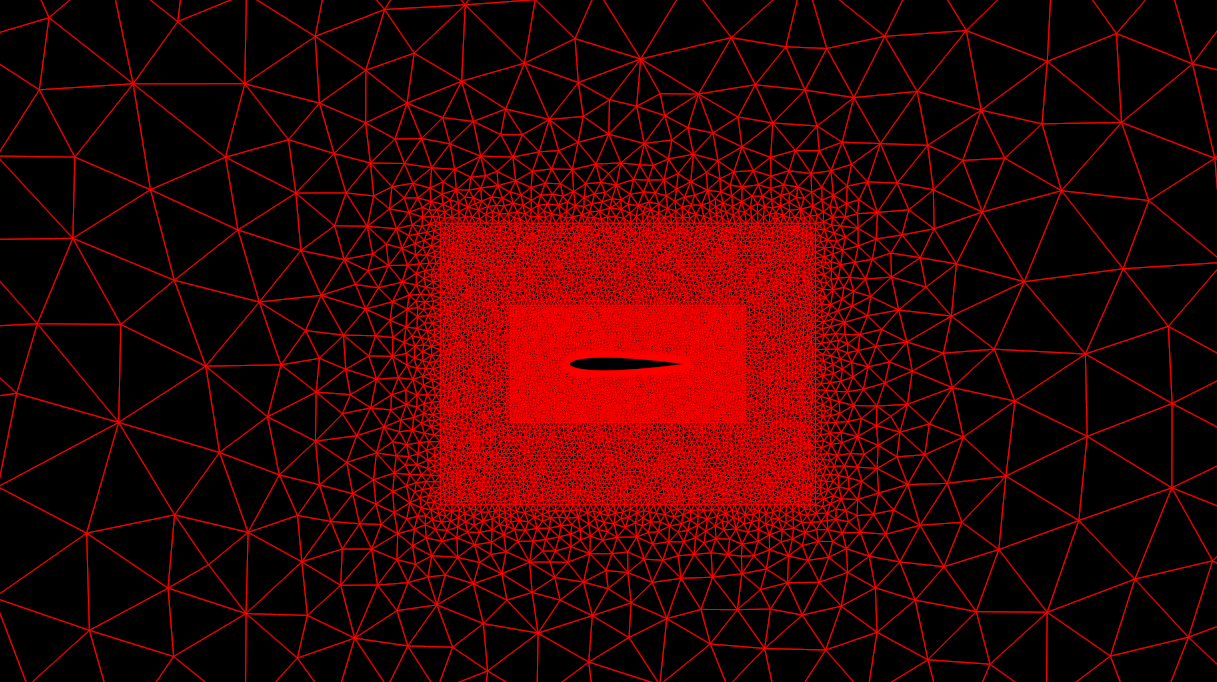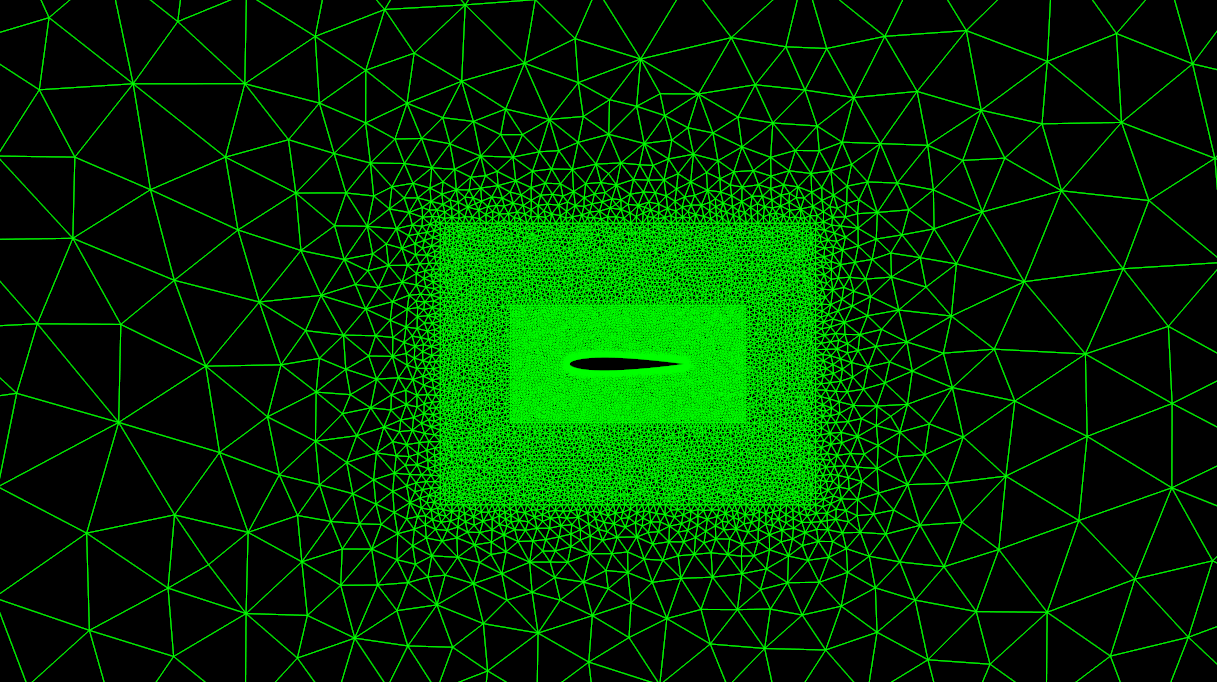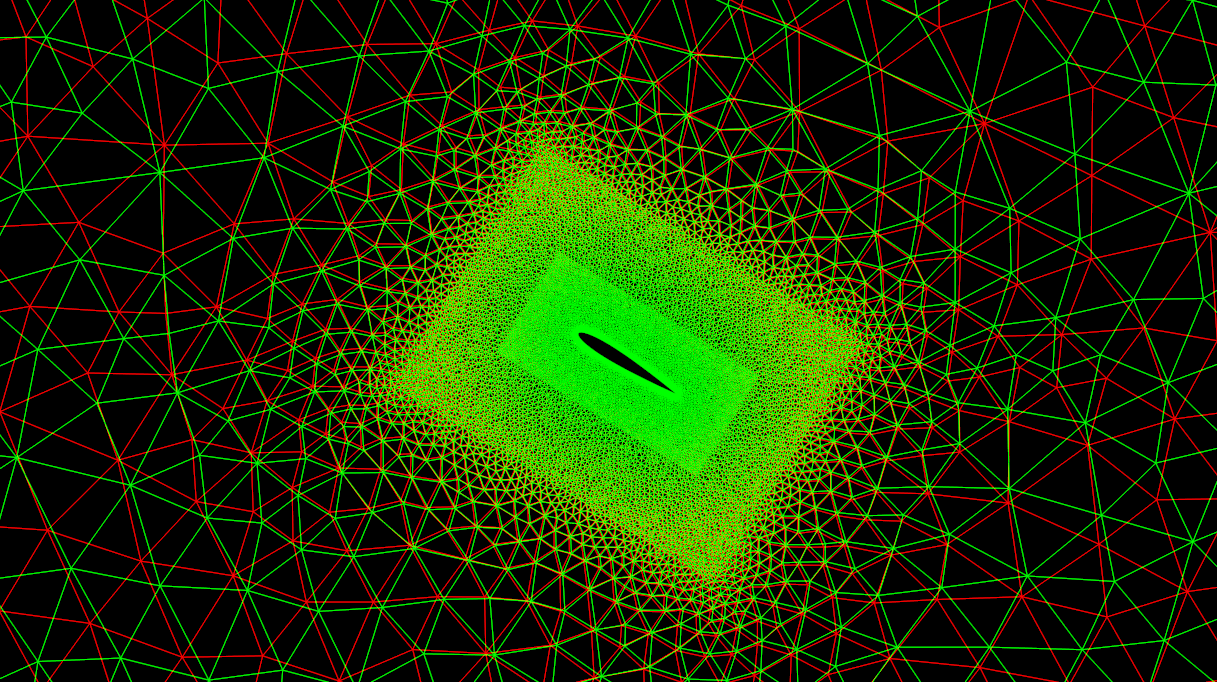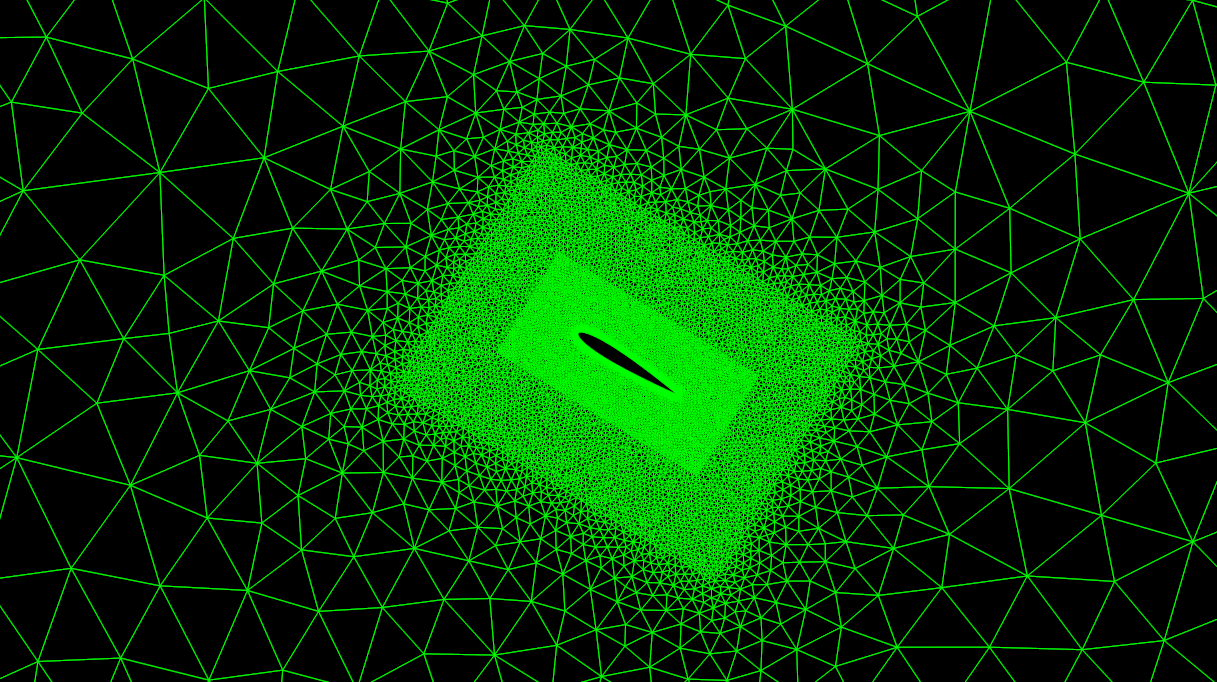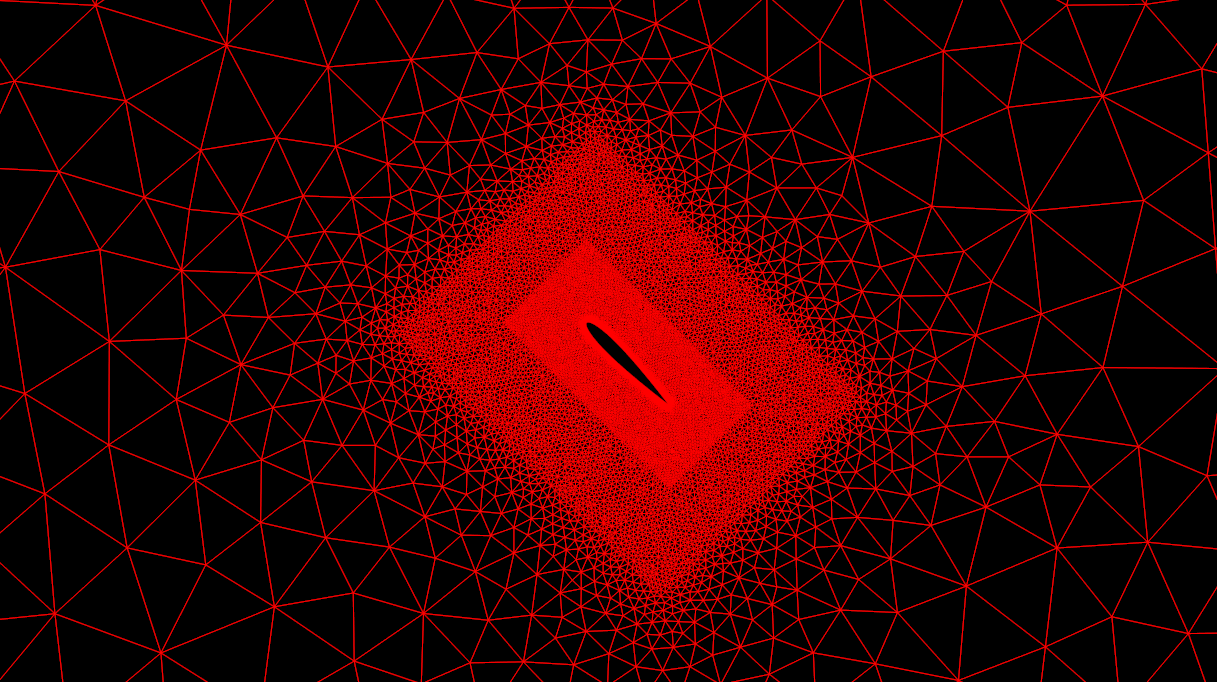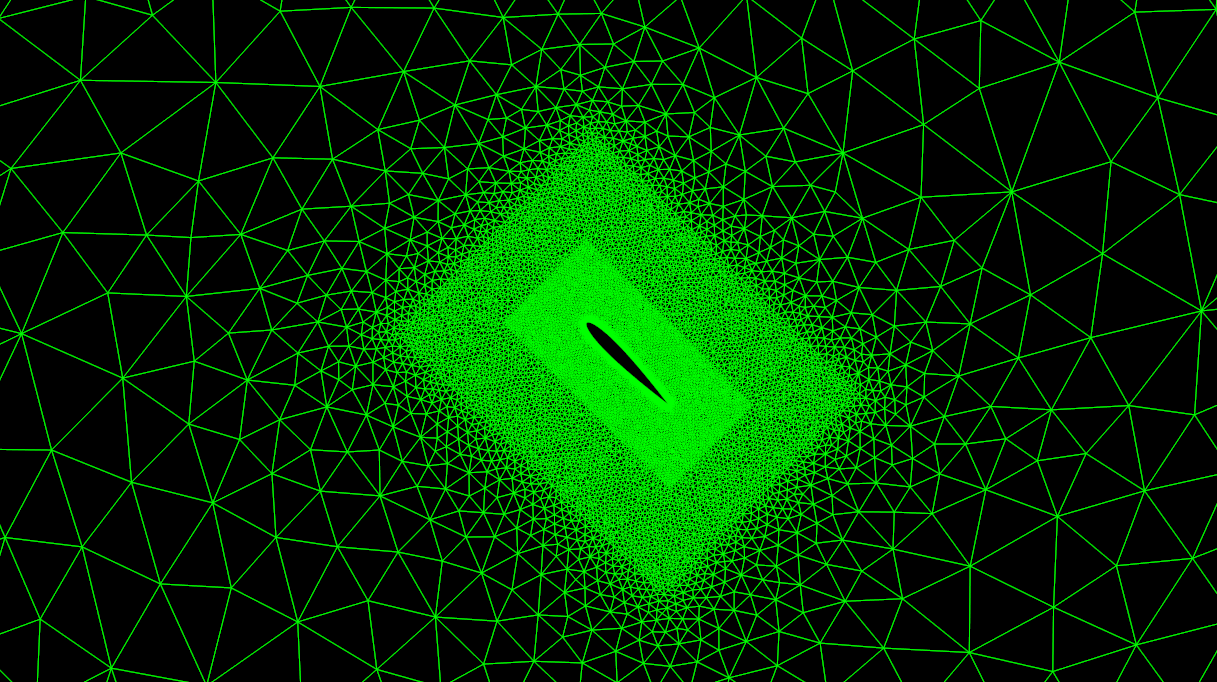Last year the focus of Bob’s Research Corner was to report on the evaluation and testing of various grid deformation techniques. This year, I’m going to chronicle the transformation of last year’s research code into a production utility. I’ve decided to name this utility Malleatus. Malleatus means “beaten or shaped by a hammer” which invokes images of using a hammer to bend and shape a grid. But grid deformation also requires a delicate hand, and the name references malleus which is the hammer-shaped bone in the middle ear that transmits vibrations of the eardrum.
The first major milestone in transitioning from a research code to production-level utility was to convert the stand-alone test bed to a library that interfaces with Cobalt. This step also provided an opportunity to further validate Cobalt’s grid deformation capability. At this point, there are still hard-coded parts of Malleatus that need to become modifiable by a user. These hard-coded sections include parameters that control the deformation algorithm as well as the motion of the boundaries.
The case I’m going to show in this post is a NACA0012 undergoing a sinusodial pitch. The freestream Mach Number is 0.5; freestream pressure equals 1882.75 lb/ft^2; and freestream temperature was set to 514 degrees Rankine. The oscillation occurs about the midchord with an amplitude of 45 degrees and frequency of 0.5 Hz. Since rigid-body motion (RBM) in Cobalt has been extensively validated, this case was run and compared using both RBM and grid deformation.
The slideshow below displays the grid at various angles. For RBM, all the grid points rotate about the midchord. The RBM grid is shown in red. For grid deformation, the airfoil surface rotates while the outer boundary remains fixed. The interior grid then must deform. The deformed grid is displayed in green.
As a comparison between solutions using RBM and grid deformation, the surface pressure is shown in the plot below.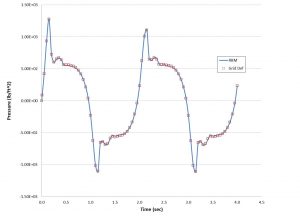
And finally, the video below shows a comparison of velocity for the RBM solution (left side) and the grid deformation solution (right side).

